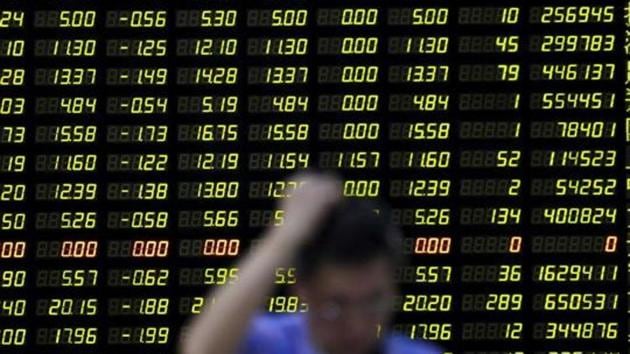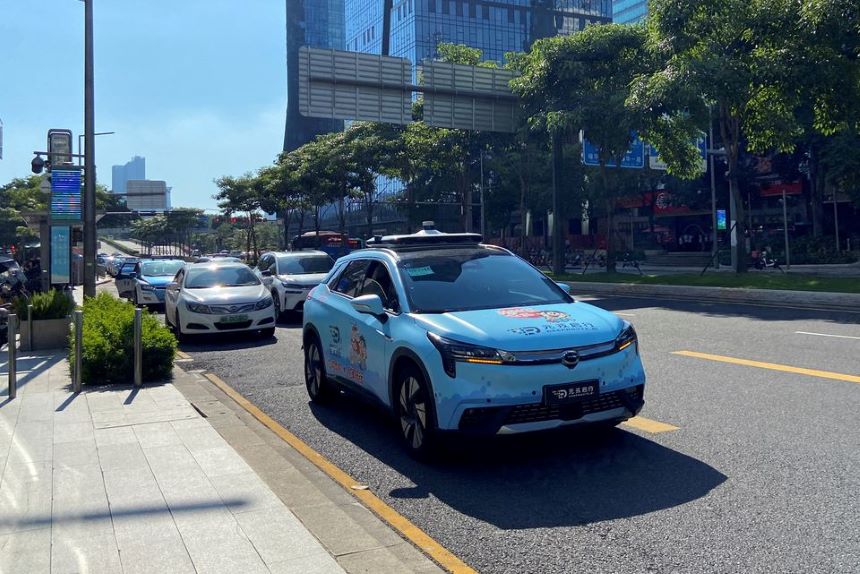Anamika Dey , editor
News in Brief
- Robotaxis are gaining popularity in China, with local governments permitting local corporations to run robotaxi services and social media showing increased interest in fully driverless taxis.
- Baidu’s Apollo Go is China’s largest robotaxi service, operating mainly in Wuhan, with plans to add more robotaxis to its fleet.
- The rise of robotaxis has raised concerns among taxi drivers about job security, with some requesting lower taxes and stricter controls on robotaxi services.
News in details
BEIJING— Consumers are starting to like China’s years-long work on developing robotaxis, but taxi drivers have apprehension they’ll jobless because there will be intense competition.
As Cruise and Waymo have introduced autonomous taxis in San Francisco and Phoenix, Arizona, local Chinese governments from Beijing to Guangzhou have permitted local corporations to run robotaxi services.
It became popular on social media this week that robotaxis is becoming more popular in China.
Fully driverless taxi videos were the 12th most popular subject on Douyin, Bytedance’s China TikTok.
On Wednesday, Baidu’s Apollo Go robotaxi unit was among the top 10 most popular hashtags on Weibo due to potent user acceptance in Wuhan city.
The business launched 24/7 autonomous car operation in Wuhan areas in March.
Baidu Apollo Go, China’s largest robotaxi service, operates mostly in Wuhan. The business has over 500 robotaxis across the city and intends to add 1,000 by year’s end.
Robotaxis is gaining popularity as large Chinese cities support it whereas smaller towns prohibit ride-hailing applications.
Wednesday’s top social media posts predicted a statewide launch of Wuhan’s robotaxi experiments and included hashtags like “Are driverless taxi services cars stealing people’s rice bowls.” According to a CNBC Chinese translation.
In late June, a Wuhan taxi firm requested lower taxes and stricter controls on Apollo Go robotaxis and taxi services automobiles on social media.
Last month, Goldman Sachs said that China’s wage growth had dropped from 10% before the epidemic to 4%. The first-quarter growth accelerated to 5.6%, the study added.
Rise in cab-hailing drivers
Some municipal governments have restricted cab-hailing due to a rise in new businesses and drivers.
Online ride-hailing was suspended in Guyuan, Ningxia, on May 12.
Chinese announcement: “Our city’s taxi market is already saturated,” translated by CNBC.
Guiyang, in the southwest, stopped new ride-hailing licences until June. Authorities removed certain non-compliant ride-hailing firms and automobiles, the notice claimed.
As of May, the Ministry of Transport reported around 7 million ride-hailing drivers in China.
As of November, the ministry had counted 570,000 more drivers, which is about twice as many as the 3.51 million drivers that were recorded in July 2021.
In 2022, the Bureau of Labour Statistics reported over 400,000 taxi, ride-hailing, shuttle, and chauffeur drivers in the U.S.
The Ministry of Transport says that the number of ride-hailing companies in China has also grown, from 241 in 2021 to 351 in May of this year.
China advances with the assistance of robotaxis.
In January, several Chinese ministries announced a strategy to promote cloud-connected automobiles, including 200 low-speed unmanned vehicle experiments in each pilot zone. Last week, the same authorities announced 20 experimental cities, including Beijing, Shanghai, Chongqing, and Wuhan.
Some cities have permitted robotaxi providers to test cars in suburbs.
Beijing began allowing Baidu’s Apollo Go and startup Pony.ai to charge for robotaxi trips with a safety driver in November 2021.
Beijing city let the owners take all the staff off of some of the trucks last year. Last month, the city announced proposed guidelines that would hold car owners and managers responsible for robotaxi traffic violations without drivers.
The rides for the public are currently subsidised, and there are still a lot fewer of them on the road compared to the cabs.
The Apollo Go app revealed Thursday that a 45-minute robotaxi travel from Daxing airport to a southern Beijing neighbourhood will be entirely subsidised, waiving the 193.84 yuan ($26.66) fee. Also, the app showed that a 16-minute robotaxi ride in that Beijing neighbourhood would cost 10.36 yuan, which is about half of the 20 yuan fare that ride-hailing apps, which can call cabs, list.
In May, Baidu CEO Robin Li informed investors that over 70% of Apollo Go robotaxi journeys in April were autonomous with no human assistance. He expected share to approach 100% in the next quarters, allowing Apollo Go to break even in Wuhan first.
Hubei province, whose capital the city is, announced on June 1 its goal of being the first autonomous driving metropolis.
I recently got my licence… and there are driverless cars? Why did I take the test? CNBC translated a Chinese remark on the article.
The Hubei administration said, “In the short term, there’s no way autonomous driving can replace drivers.”
Source : CNBC News





One thought on “China’s push for robot taxis makes drivers worry about their jobs”